Review for The Skyhawk
Introduction
Just as Robin Hood is to English folklore and popular fiction, so Wong Fei Hung is to Chinese popular culture, and in the West, we’ve seen him portrayed by Jet Li in the Once Upon a Time in China films, and Jackie Chan in Drunken Master. We’ve even seen Wong Fei Hung as a child in Iron Monkey. But in truth, the role belonged to Tak-Hing Kwan, who played the role in countless films between 1949 and 1981. In 1969 alone he made four. We’ve really only seen him guest starring as the character in later films, more vehicles for other actors, such as Dreadnaught and The Magnificent Butcher, Sammo Hung movies more than anything else. Now Eureka Entertainment bring us 1974’s The Skyhawk, one of the last instances where he carried the movie as the star, Wong Fei Hung.
On their way to Thailand, The Skyhawk, a.k.a. Wong Fei Hung and his disciple Fatty, encounter Leo, an assured fighter who deals with a gang with ease, but who requires Wong Fei Hung’s healing when he can’t stand against the gang leader. When they get to the city, they are guests of Wong Fei Hung’s friend, Zhu. Zhu’s business is in competition with a man named Gu, but Gu has designs on all the business in the city for nefarious purposes. He’s more into drug smuggling and people trafficking, and as well as Zhu’s business, by hook or by crook he’ll have Fatty’s in-law’s restaurant as well. And he’s just hired the hapkido master that defeated Leo to be his enforcer. It’s time for Wong Fei Hung to take Leo on as his new disciple.
The Disc
The Skyhawk gets a 2.39:1 widescreen 1080p transfer on the disc, with the choice between PCM 2.0 Mono Cantonese, Mandarin, and English audio, and two English subtitle streams for the appropriate Chinese language tracks. The image is clear and sharp, and colours are rich and consistent. Detail levels are good, and there are no signs of print damage, age, compression or aliasing. The Thailand setting makes for a different look for a period kung-fu movie, when it comes to the locations, the costumes, the art and the production design. When it comes to audio, the Cantonese should be the preferable option, but here the audio is a little heavy and muddy. The Mandarin audio sounds a fair bit better, clear and well balanced. The music is interesting, as period as you would expect, but throwing in a bit of 70’s funk when you least expect it.
Extras
The first run release of the film will come o-card packaging, and a 20-page booklet with writing on the film from James Oliver. The disc boots to an animated menu where you’ll find the following extras.
Audio commentary with Frank Djeng
Audio commentary with Mike Leeder & Arne Venema
A Conversation with Martial Arts Cinema Academic Blade Po (20:10)
Original Theatrical Trailer (3:25)
Conclusion
To my surprise, I actually enjoyed The Skyhawk. Going by my past reviews, this is the kind of kung-fu movie that I should have the hardest time getting on with. I’m more au fait with the kung-fu comedies of the eighties, and the period kung-fu films of the seventies, a lot more serious and formulaic quickly lost whatever charm they might have had with me, simply through repetition.
On paper, The Skyhawk shouldn’t have clicked with me. It is a period kung-fu film after all, rival schools, or rival styles of martial arts are pitted against each other, villains are utterly villainous without nuance, and the heroes are pure as the driven snow. Referring to my recent review of Rich & Famous and Tragic Hero, this is another such story where the heroes have to run out of cheeks to turn, lose all that matters to them, before their resolve wavers enough for them to fight back, and then only out of righteousness of their moral position rather than anything as base as revenge. I’ve slept through far more of these films than I care to mention.
However there was something endearing about The Skyhawk. Certainly there is novelty in seeing the setting move to Thailand, and in terms of locations and production design, it certainly catches the eye, even holds the attention. While certainly not young, Tak-Hing Kwan can still carry some of the close up action sequences, whereas he was obviously doubled in later films like Dreadnaught. Speaking of the action, this might be a 1974 film, but with Sammo Hung serving as action director (he also played the role of Fatty), there is a fresher, more eighties edge to the fight sequences, less concerned with the form and more intent on getting to the action, and telling the story of a fight.
I have to admit that the soundtrack also helped. There is plenty of period appropriate music accompanying the story, which can get generic pretty quickly, but then the film throws in a bit of seventies funk, and it’s a jarring wake-up call, wholly out of place, even a little silly, but it does serve to focus the attention once more. The Skyhawk has enough that stands out from its particular genre niche to make it noteworthy, and while those aspects of the film that I don’t appreciate still exist, it does them well enough for me not to be turned off by the film. It develops the characters and gets me invested in them enough for me to stay engaged with the story even when it’s going through the formulaic motions.
As always, Eureka Entertainment give a vintage film great presentation on Blu-ray, with a nice selection of extra features. You can buy The Skyhawk direct from Eureka Entertainment, from Terracotta, and from mainstream retailers.
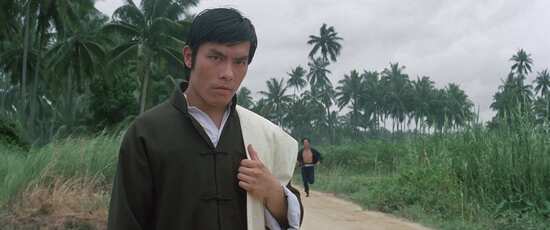
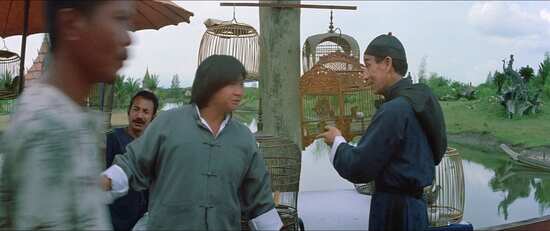
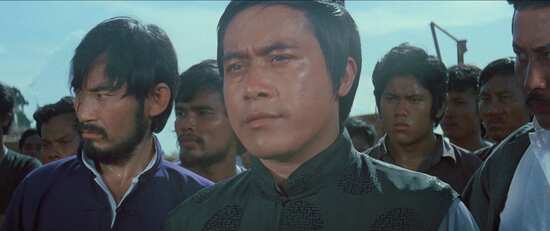
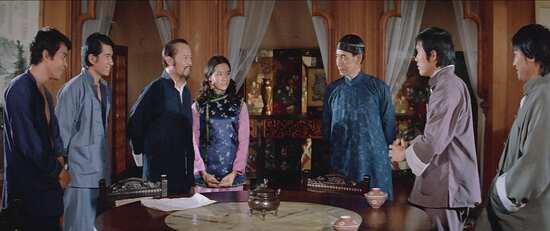
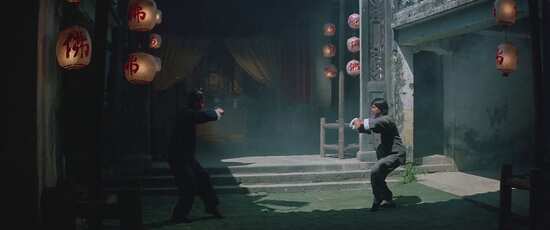
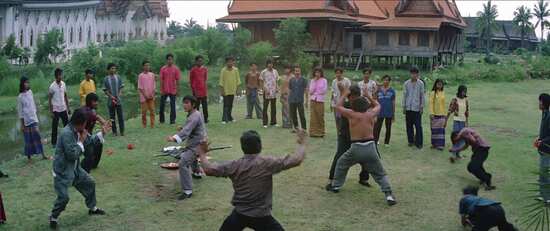

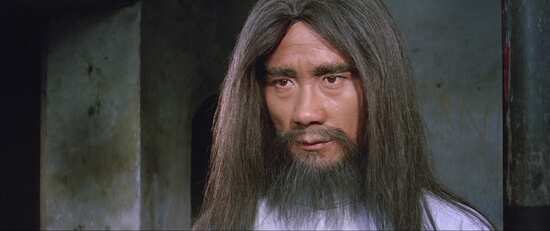
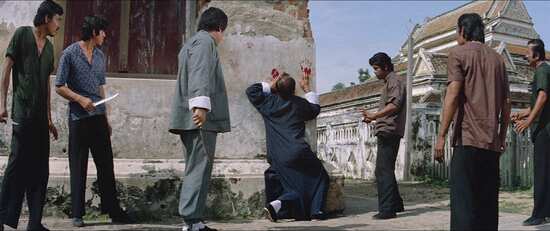
Your Opinions and Comments
Be the first to post a comment!